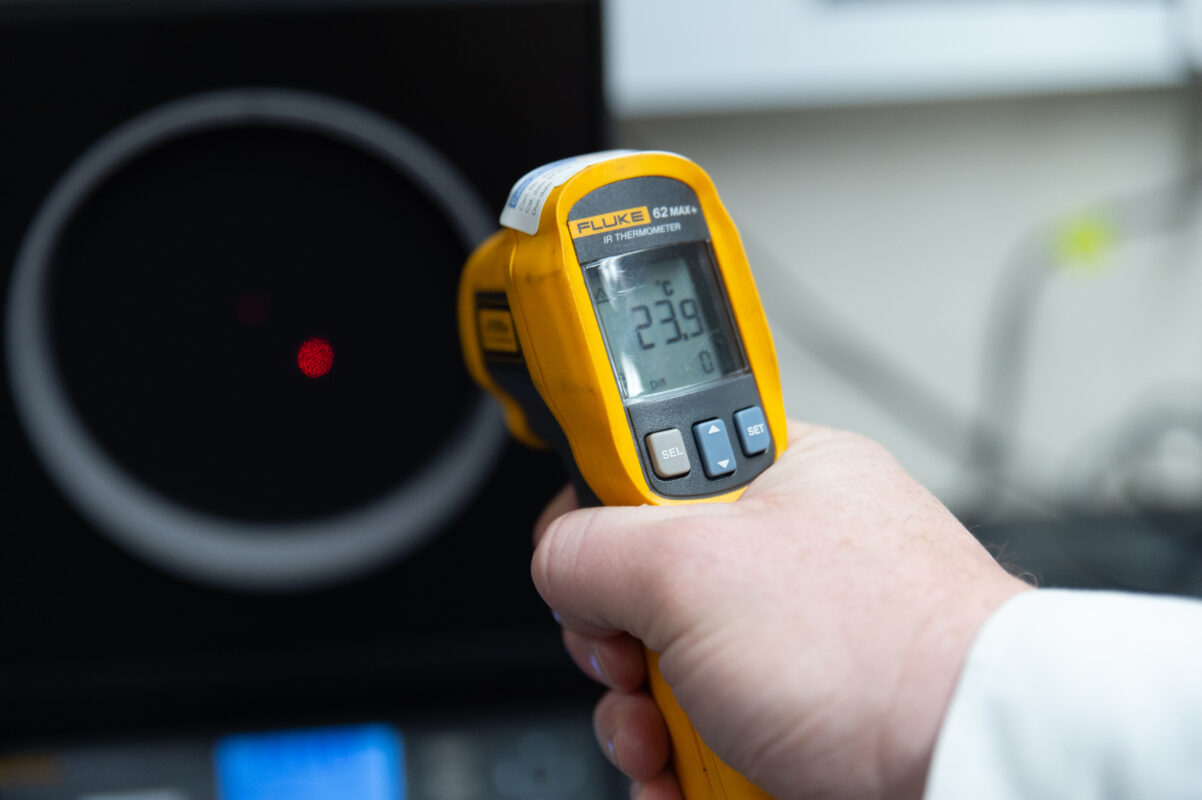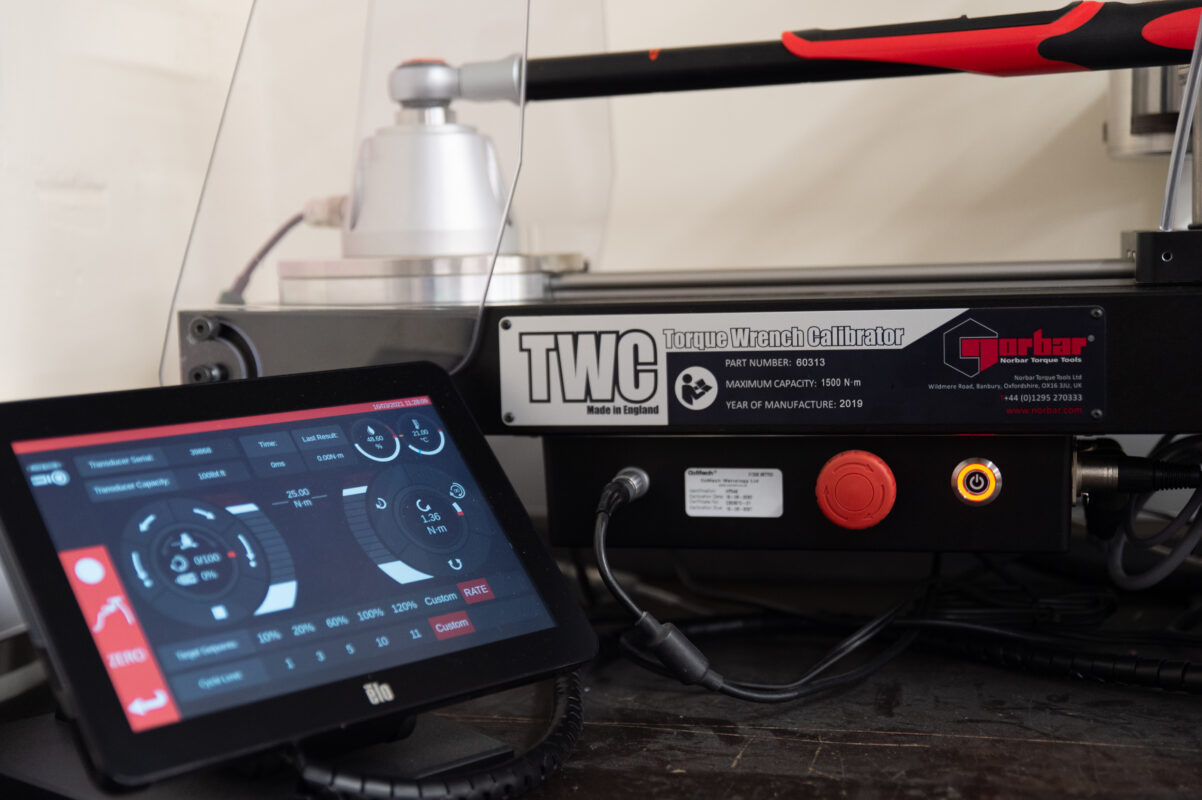If you have assets or equipment that requires calibration, how do you know which option you need when it comes from the time to calibrate? In this article CoMech provides an overview of what each term means, what types of assets and companies use each calibration type and how you can make the decision on the options available.
UKAS and traceable calibrations are two different types of calibration services that are offered to ensure the accuracy of measuring equipment. In short that’s what calibration is, a bit like an annual check up.
Traceable Calibration
A traceable calibration reports the values and differences between the reference equipment and the weighing equipment under test. The reference equipment/ standards used are traceable to national standards. Traceable calibrations are most suitable when there are no laid down industry requirements, or when your weighing equipment is being used in non-critical operations.
An example could be if you only need an indication of a weight, for example average box weights for goods in and out reasons.
UKAS Calibration
UKAS calibrations are performed in accordance with ISO 17025:2017: General requirements for the competence of testing and calibration laboratories.
This type of calibration follows stringent UKAS calibration methods and tests as well as firm criteria for recording results and producing certificates. These stipulations are detailed in both UKAS and internationally recognised guidelines. Your calibration is being performed to prescribed guidelines in very controlled laboratory conditions. To achieve the accreditation, our calibration labs are assessed and regularly audited by UKAS to ISO 17025:2017 standards. These ongoing audits provide you with an assurance of the competence, impartiality and integrity of the calibration technicians and engineers plus the procedures that are used in our calibration process.
Although both traceable and UKAS calibrations are traceable, there are different situations where a UKAS calibration may be necessary.

These are the reasons why you’d select UKAS calibrations:
- Quality assurance
- Compliance with standards
- Legal and regulatory compliance
- Equipment lifecycle management
- Risk mitigation and management
Here at CoMech we work closely with the rail industry, aviation industry and food manufacturers where it is critical that equipment provides accurate measurements.
Making a Calibration Decision
As you have already read the major difference in calibrations is how accurate you need your measurements to be or what compliance standards you need to adhere to within your industry.
It could be that you have some assets that can use traceable calibrations and others that are more safety critical so must have a UKAS calibration.
With CoMech you don’t need to make the decision alone, our technical managers and business development team are experienced in calibration and will be able to advise you accordingly. All you need to do is supply your asset list and company name (you can do that now to sales@comech.co.uk if you’re in need of calibration services).


